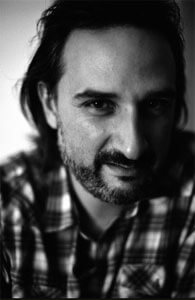
Fausto Podavini was born in Rome, where he still lives and works. His passion for photography began when he was 18, first as assistant and studio photographer, then working on ethnological and social reportage. In 1992, he worked at MIFAV, the photography museum at Tor Vergata University in Rome and then studied at the John Kaverdash photography academy in Milan, taking a master’s degree in reportage. Podavini left studio photography to dedicate himself exclusively to reportage, and is nowadays a freelance photographer, collaborating with a number of NGOs. He has covered issues in Italy, Peru, Kenya, and Ethiopia, where he is currently developing personal photographic projects.
Italian social reportage photographer Fausto Podavini is honoured this year as both third place winner in the 2013 Sony World Photography Awards Lifestyle category as well as first prize for the 2013 World Press Photo's 'Daily Life' category. His winning series, follows the relationship of Mirella and Luigi as Mirella cared for for husband at home in Rome. Married for over 40 years, Luigi began experiencing symptoms of Alzheimer's disease. For six years, Mirella tended to her husband's needs due to the progressive degenerative illness. After five years of living with Alzheimers, Luigi no longer recongised his wife; he died in May 2011 with her at his bedside. Podavini's intimate and delicate series follows Mirella for four years. WPO's Kaley Sweeney spoke to the photographer a bit more about his experiences developing the long term project.
(Source: World Photography Organisation)